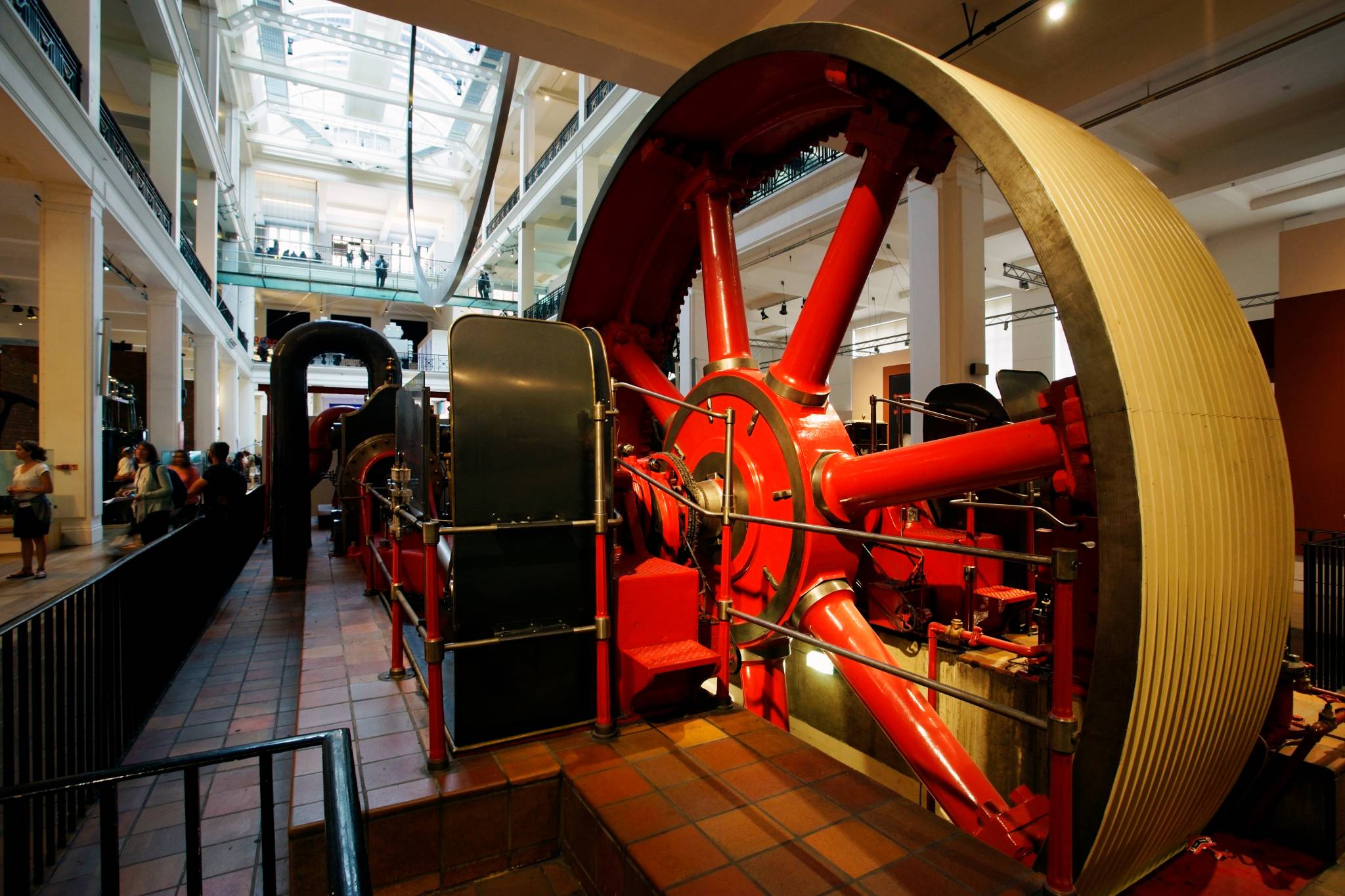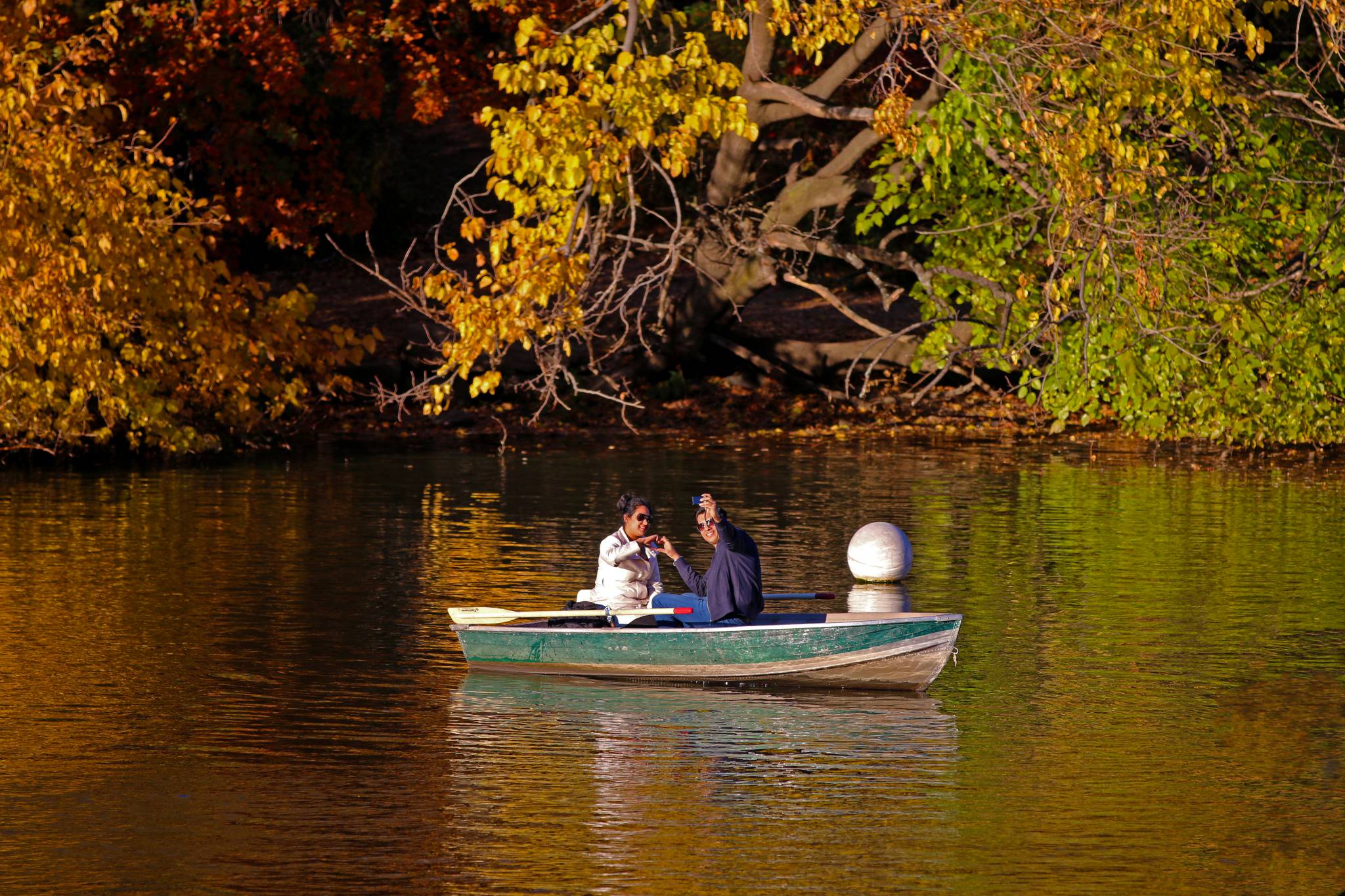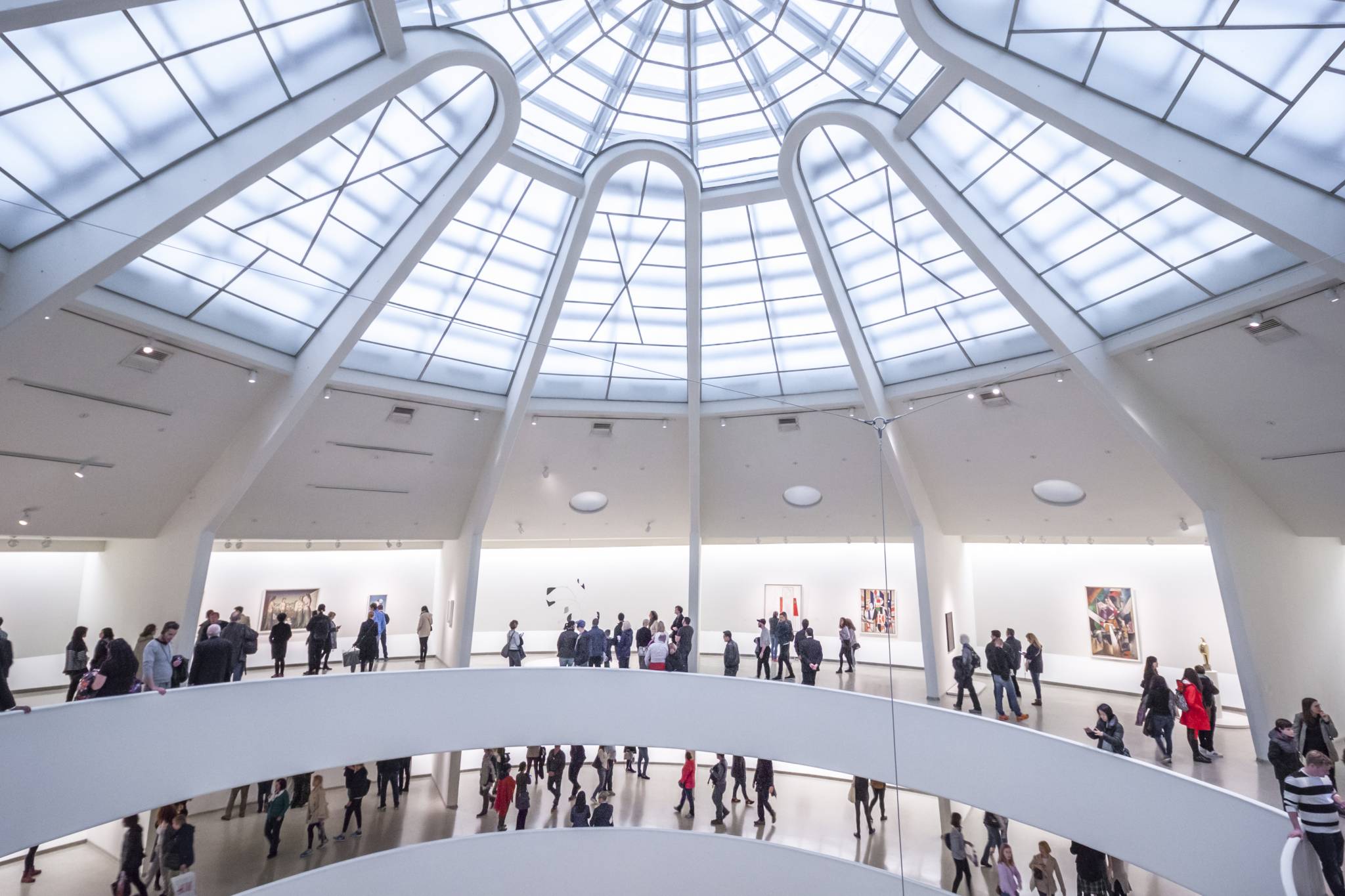Ah, the Tower of London. Part-time prison, part-time palace, full-time legend. Perched grimly on the banks of the River Thames, this medieval hodgepodge of turrets and tales has witnessed over a millennium’s worth of royal drama, decapitations, and the gradual decline of fashionable beheadwear. It's one of the UK's most visited landmarks, and with good reason: you’re not just stepping into a fortress, you’re stepping into a full-blown historical rollercoaster.
If your image of London involves bowler hats and the occasional royal wave from a golden carriage, the Tower adds plenty of grit, grandeur, and the right amount of ghost stories.
Let’s peel back the battlemented curtain.
A Fortress Forged in Fire and Fear
Commissioned by William the Conqueror in 1078 (a man with strong opinions and stronger ego), the White Tower is the nucleus of the Tower of London complex, designed to dominate the skyline and, more importantly, the populace. From rebellions to royal coups, this UNESCO World Heritage Site played an essential role in keeping monarchs secure—or keeping others secured within its stone walls.
The Tower was built not just to protect London, but to keep Londoners in check. Think of it as medieval London’s security system with extra dungeons.
Historic Headliners (and the Ones Who Lost Theirs)
The Tower’s legacy is written in royal blood. Anne Boleyn, Queen No.2 to Henry VIII and perhaps history’s most stylish martyr, famously lost her head here in 1536. So did Lady Jane Grey, England's Nine-Day Queen, whose reign lasted about as long as a good cup of tea. Even Guy Fawkes, he of V-for-Vendetta fame, had an extended (and rather miserable) stay here.
Tourists flock now to the Tower Green, a deceptively serene lawn that saw many a political disagreement end with the swing of an axe.
Yeoman Warders and Royal Ravens: A Living Tradition
You know them as Beefeaters. Living history books in 16th-century garb, these Yeoman Warders have served as ceremonial guards and tour guides since Tudor times. They know every execution, secret passage, and raven by name—and yes, their stories are better than any Netflix thriller.
Speaking of ravens, legend has it that should they ever leave the Tower, the kingdom will crumble. Naturally, the Crown employs a full-time Ravenmaster. Name a country that takes its bird-based omens more seriously—I dare you.
The Crown Jewels: Bling, but Make it Monarchy
Turn the corner and you’ll enter one of the Tower’s genuine showstoppers: the Jewel House. Under every imaginable type of security (including, surely, polite British guilt), the Crown Jewels glitter behind bulletproof glass. From the spectacular 530-carat Cullinan I diamond to the infamous Imperial State Crown, this museum is where monarchy meets megawatt sparkle.
Lines can be long, but the bragging rights are longer: “Oh, you haven’t seen the Sovereign’s Sceptre in person? Tragic.”
Hauntings, Tunnels, and the Secrets Beneath
Beneath its formidable facade, the Tower whispers tales of torture chambers, secret tunnels, and ghostly sightings. Anne Boleyn’s spirit, still fashionably headless, is said to wander the chapel. The Princes in the Tower? Their tragic tale suspends the modern imagination, and some claim to have seen their spectral forms.
It’s the sweet spot for lovers of dark tourism and hidden London.
Plan Your Visit: Essentials for First-Timers
🕘 Opening Hours: Usually 9 AM to 5:30 PM depending on season (check official Tower of London hours here).
🎟️ Tickets: Buying online in advance is cheaper and avoids long queues. Visit Historic Royal Palaces for official pricing.
🗺️ Location: The Tower is easily accessible via Tower Hill Underground station. You’re also practically next-door to Tower Bridge and the River Thames, so it’s a core stop on any London itinerary.
🍽️ Local Bites: After your journey through murder, monarchy, and ravens, decompress with a pint and pork pie at nearby pub "The Hung, Drawn, and Quartered." It’s historical gallows humor with beer on tap.
Final Verdict: A Must-See with a Bite
Want more London travel inspo? Head over to the official Visit London site at https://www.visitlondon.com for itineraries, events, and travel tips.
Tagged: Tower of London Travel Guide, London Attractions, Family Friendly London, Best Things to Do in London, Historic Sites in the UK
📌 Save this post for your next royally good adventure!
The Tower of London is more than a historic landmark—it’s a living museum of monarchy, myth, and mayhem. Equal parts gruesome and glorious, it offers visitors a chance to see British history where it actually happened. Whether you’re a history nerd, crown enthusiast, or just like your travels served with a side of ghost story, the Tower will not disappoint.
So grab your Oyster card, pack your curiosity (and maybe a garlic clove or two), and prepare to spend a day inside England’s most notorious walls.
FAQs: All You Wanted to Know About the Tower of London (But Were Too Polite to Ask)
Q: Can you meet a Beefeater?
A: Absolutely. The Tower’s resident Yeoman Warders lead fantastic daily tours at no extra cost. Don’t call them Beefeaters to their face—unless you enjoy cheeky corrections.
Q: Why are there ravens at the Tower?
A: Colonial superstition turned British tradition. Legend has it the kingdom will fall if the ravens ever leave. So they’re pampered, named, and watched more closely than most celebrities.
Quick Travel Tip: Consider a combo ticket that includes the Tower Bridge Experience or a Thames River cruise for the perfect medieval-meets-modern London day.
Q: How old is the Tower of London?
A: The Tower dates back to 1078, making it nearly 1,000 years old. It began with the White Tower, commissioned by William the Conqueror.
Q: What are the Crown Jewels, and can I see them?
A: Yes! More than 23,578 gemstones make up the Crown Jewels, which include crowns, sceptres, and orbs used during royal ceremonies. They are on permanent display in the Jewel House.
Q: Is the Tower of London haunted?
A: Allegedly. With its bloody history, the Tower is said to host the ghosts of princes, queens, and even bears. Paranormal enthusiasts rejoice.









































































































































